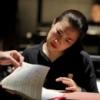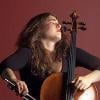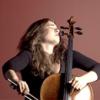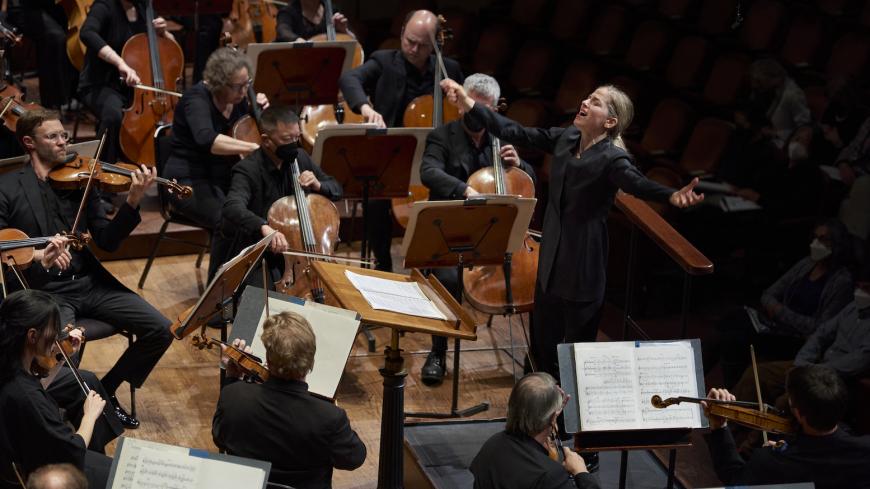
Karina Canellakis, chief conductor of the Netherlands Radio Philharmonic, likes to go big. When she first led the San Francisco Symphony, in 2019 the big work on the program was Shostakovich’s Symphony No. 7, “Leningrad,” a shallow and unruly monster that she tamed with assurance.
For her present program, heard on May 13, 2022, all three works called for a large and colorful orchestra, and Canellakis’s assurance served her well. Lili Boulanger’s D’un soir triste (Of a sad evening), heard at SFS for the first time, started life as a piano trio. After the composer’s early death, her sister Nadia Boulanger, a famous pedagogue with whom many American composers studied, created an orchestral version.
The trio version is sad enough; this version, thickly orchestrated, goes beyond sadness into despair, helped along by unsettled harmonies. The doom-laden timpani line is a brilliant stroke, and the long-breathed modal tune that takes over toward the end leads to a lovely conclusion. Overall, though, the work would benefit from more transparent scoring, or perhaps a lighter conductorial hand.
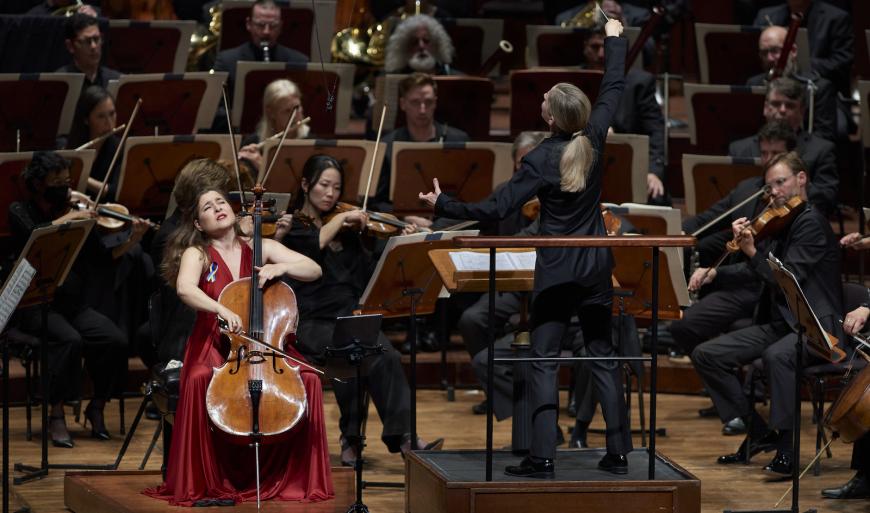
The program opened with an extroverted and effective performance of Richard Strauss’s Don Quixote, with the large solo cello part, representing Quixote, played by guest artist Alisa Weilerstein. The tone poem, in the form of an introduction, theme, and variations, follows the deluded knight through a number of episodes in Cervantes’s novel, each corresponding to one variation. The composer also assigns a solo violin to represent Quixote, while a solo viola, clarinet, and tenor tuba represent his servant Sancho Panza.
Because it’s by Strauss, Don Quixote not only presents a wry and affectionate portrait of its subject, it provides numerous opportunities for virtuoso display and novel orchestral effects. The bleating sheep of the second variation and whooshing air of the seventh came through loud and clear, although the seventh’s wind machine was only intermittently audible.
Weilerstein, a performer of warm sound and emotions, played the difficult solo part with aplomb, and played off the orchestral soloists with the skill of a chamber musician. Her sound is not huge, and at some crucial moments, Canellakis let the orchestra cover her. Assistant principal violin Wyatt Underhill and principal viola Jonathan Vinocour played their numerous solos with nimble precision and expressive tone. Bassonists Stephen Paulson and Mike Gamburg made a ruminative pair of conversing monks in the ninth variation. Carey Bell, principal clarinet, and Paul Welcomer on tenor tuba rounded out the most important solo parts.
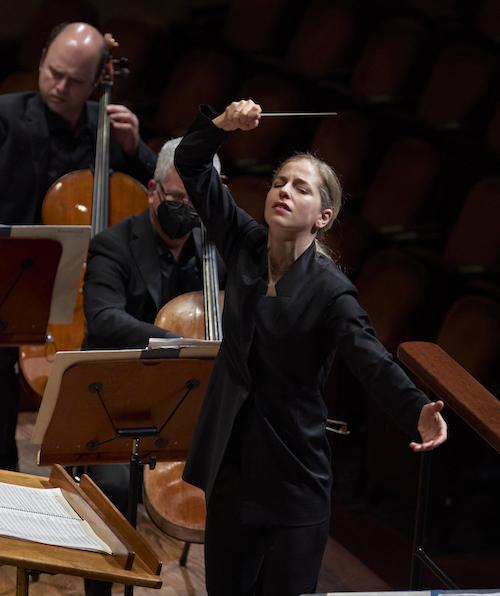
The Polish composer Witold Lutosławski’s Concerto for Orchestra, completed in 1954, incorporates Polish folk songs into another splendid showpiece. Lutosławski, like Strauss, gives the entire orchestra and many of the principal instrumentalists a good workout. The aggressively pounding opening gives way, by its close, to a bubbling conversation among the triangle, solo winds, and solo violin. The vivacious second movement scurries quietly, but wildly, through the orchestra. Lutosławski closes with a grandly-scaled passacaglia (variations over a repeating bass line), toccata, and chorale. Catherine Payne shone in the first flute chair throughout the work, as did guest piccolo Stephanie McNab.
Canellakis conducted all three of these big, vibrant works with a level of energy and technical accuracy that can’t be faulted, and yet the conductor’s artistic personality never quite came into focus, to the extent that was difficult to tell what she brought to the performances beyond the score. On Friday, they all inhabited the same sonic universe, despite the vast stylistic differences from composer to composer. Her excellent technical skills — which go a long way in a large swathe of orchestral repertory — certainly make her a conductor to watch, but this reviewer awaits a future engagement from which her musical strengths will emerge with greater clarity.



